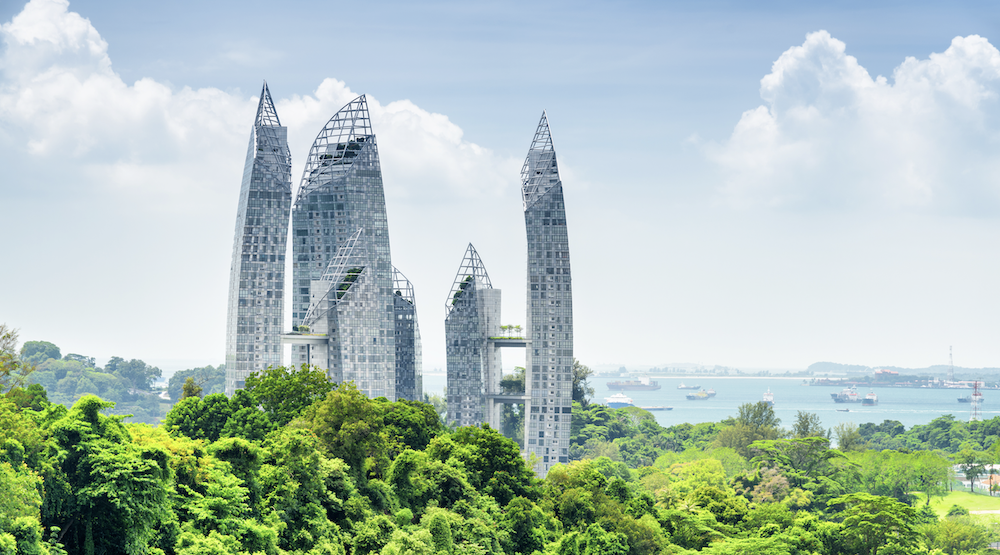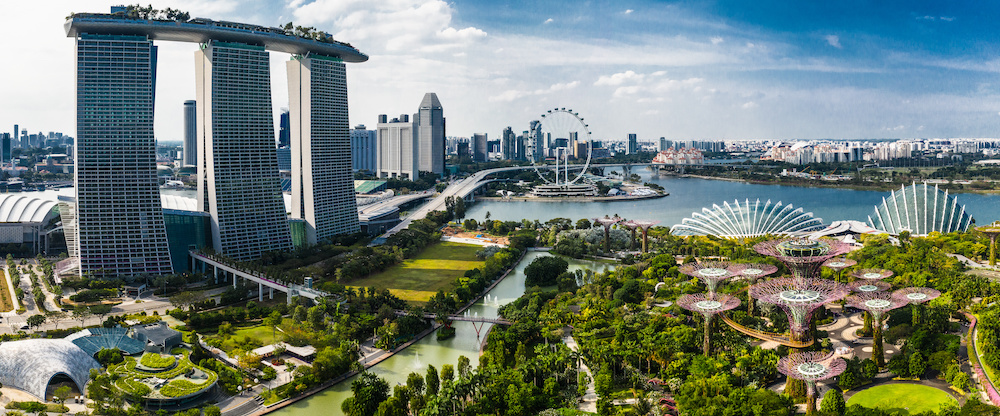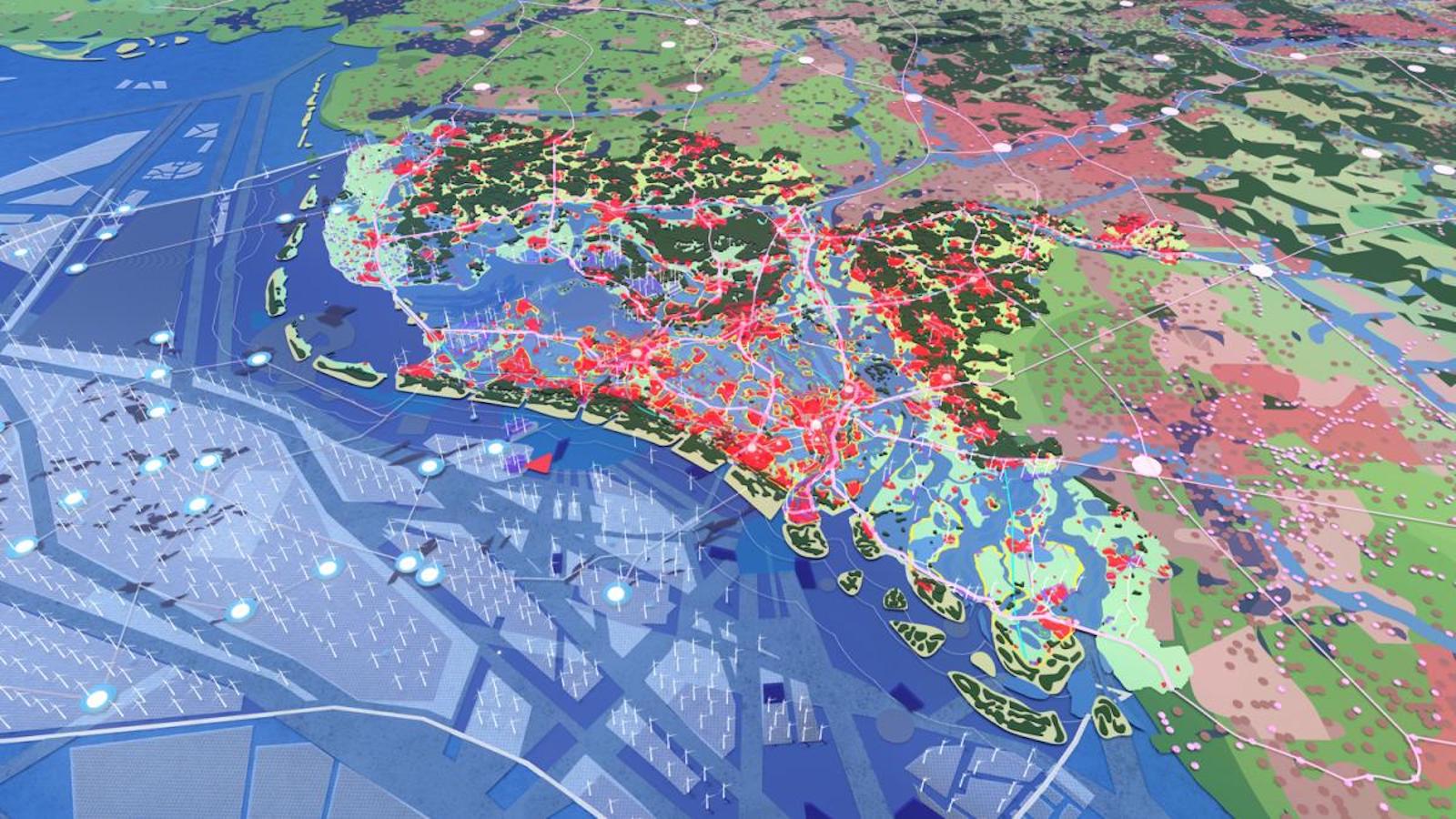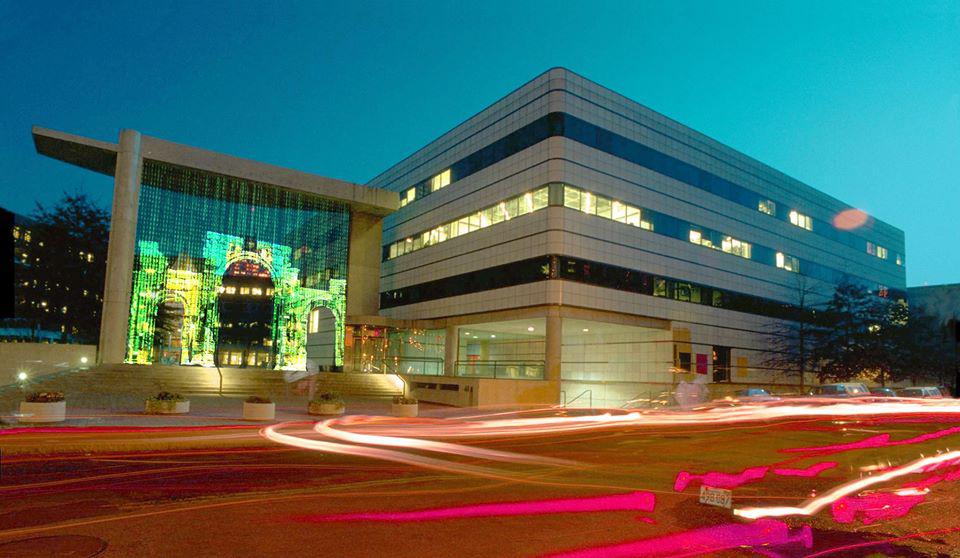How Singapore’s “Garden City” vision fused nature and urban design like nowhere else

- While comparable cities are concrete jungles, Singapore has cultivated a green oasis of calm.
- Singapore's green thumb developed from its recent history. Its small size meant that if it were to stay independent, it needed to protect its resources.
- Singapore plans to use the greenery in its architecture to offset its fundamental fault: The city came at the cost of its tropical forest.
Excerpted from Supertall: How the World’s Tallest Buildings are Reshaping Our Cities and Our Lives. Copyright (c) 2022 by Stefan Al. Used with permission of the publisher, W. W. Norton & Company, Inc. All right reserved.
On my first visit to Singapore, it struck me how remarkably different the city looked from Hong Kong, despite its underlying similarities. Both are former British colonies with a comparably sized land area, and with similar population numbers and industries. Yet they could not be more different. In Hong Kong, closely spaced skyscrapers and underground infrastructure make it difficult for trees to grow. The city has narrow streets and crowded sidewalks, with skyscrapers blocking sunlight. With all the cables and pipes in its soil, very few trees survive in the city’s urban core. This contributes to the city’s dangerously poor air quality, which can cause bronchitis and diminished lung function.
In contrast to Hong Kong’s frenetic concrete jungle stands Singapore, a green oasis of calm. At the root of these two different destinies lies an opposing governing approach. Postcolonial Hong Kong was largely market-led, built by developers without too much of a grand plan. Singapore is top-down, led by the strong hand of a philosopher king, where nothing was left to chance. Both cities prospered, but in entirely different ways. Hong Kong became a public transit mecca, Singapore a city with a green thumb.
These differences can be traced back to 1965, in the aftermath of British colonial rule, when the Malaysian parliament voted unanimously to expel Singapore from the Federation of Malaysia. In this watershed moment, Singapore became the first nation-state to unwillingly gain independence. This left the small country, lacking natural resources, in a tough position. The new country’s prime minister, Lee Kuan Yew, had major challenges to solve. “I searched for some dramatic way to distinguish ourselves from the other Third World countries,” Lee said. “We struggled to find our feet.”
“To achieve First World standards in a Third World region, we set out to transform Singapore into a tropical garden city,” Lee decided. “Greening raised the morale of people and gave them pride in their surroundings.” In 1963, before independence, Lee had launched the first Tree Planting campaign. He planted the first tree himself, a Cratoxylum formosum, known for its light pink, cherry blossom–like flowers. After independence, he strengthened these efforts. He launched the Garden City campaign and an annual Tree Planting Day to beautify Singapore. Lee chose the month of November, since this is when saplings need the least amount of water, at the cusp of the rainy season. In 1974, Singapore had 158,000 trees. Forty years later, it had 1.4 million.
In 1973, Lee set up the Garden City Action Committee and sent out green missions across the globe. “Our botanists brought back 8,000 different varieties and got some 2,000 to grow in Singapore.” Lee personally picked Vernonia elliptica, an unusual choice, since it has no flowers and, if unkempt, looks like a weed. But the city’s gardeners used the species widely to decorate the walls of unsightly buildings, bridges, and overpasses.
Lee, nicknamed “Chief Gardener,” enticed the leaders of his neighboring countries to go green as well. “I encouraged them, reminding them that they had a greater variety of trees and a similar favourable climate.” This would lead to a green race, with neighboring countries trying to “out-green and out-bloom” one another. “Greening was positive competition that benefited everyone—it was good for morale, for tourism, and for investors,” Lee assumed.
Greening also became about survival. Singapore is a country the size of a city. With about 6 million people, it has the same population as Denmark, but in an area only half the size of London. As a result, the nation is dependent on neighboring countries, like Malaysia, for things as basic as water. However, Lee knew that his neighbor could cut off Singapore’s lifeline, fresh water, during times of conflict. Malaysia’s president once said, “We could always bring pressure to bear on them by threatening to turn off the water.”

To avoid relying on other countries, Singapore needed to be self-sufficient within its own compact footprint. Having to capture rainwater, it could not afford to leave its rivers polluted, as so many other countries have done. Singapore, in the name of self-sufficiency, had no choice but to go green.
In 1963, Lee consolidated different entities to set up a national water agency. For ten years, the agency toiled to clean up the rivers, which up until then were an open sewer. Public officials relocated factories and farms and built water reservoirs, planning to collect and reclaim stormwater in the city. “By 1980, we were able to provide some 63 million gallons of water per day,” Lee stated, “about half of our daily water consumption then.”
Today, Singapore features a myriad of water reservoirs, rooftops, parks, roadways, and sidewalks to all capture water. Two-thirds of its surface is a water catchment area. An elaborate system of channels, tunnels, and pumps then moves the water to treatment plants, all controlled by microprocessors.
Parallel to greening Singapore, Lee wanted to get people to own flats. Homeowners, he assumed, would have a bigger sense of belonging than tenants. The city’s Housing & Development Board (HDB) would build low-cost housing that citizens were allowed to rent and then purchase with their pension funds. Today, 88 percent of all Singaporeans are homeowners, among the world’s highest home-ownership rates. It’s worth noting that the system deliberately disadvantages same-sex couples and excludes several hundred thousand migrant workers, who are living in crowded dormitories.
With limited land supply and rapid population growth, Singapore had no choice but to build up. It needed to house everyone in skyscrapers. This transition to high-rise living did not come easily, especially for pig farmers, Lee noted. “Some were seen coaxing their pigs up the stairs!”
The groundwork of Singapore’s new green skyline was laid. As the state mandated green policies and high-rise buildings, it was only waiting for nature to intertwine with the skyscraper. Defying the negative stereotypes around public high-rise housing, the city’s skyscrapers became sleek, modern, and increasingly vegetated. In 2009, the HDB completed the Pinnacle@Duxton, the world’s tallest public housing project. It features seven 50-story towers interconnected with elevated landscaped gardens, allowing residents a daily jog among palm trees, 500 feet above the ground.
Cheong Koon Hean, who served as head of Singapore’s national urban planning authority, continued the city’s green arc in the last two decades. She infused the city’s new central business district, the Marina Bay, with an urban water reservoir and a 250-acre botanic park, the Gardens by the Bay, featuring 18 “super trees,” vertical gardens as tall as a ten-story building. Architect Moshe Safdie designed the district’s signature project, the Marina Bay Sands, an integrated resort built of three 57-story hotel towers topped by a connecting 1,120-foot-long SkyPark. Perhaps the most innovative is how all this greenery coexists in an urban center, along with skyscrapers. “We intersperse parks, rivers, and ponds amid our high-rises,” Cheong said.
The city passed building regulations with an important implication for tall buildings. If developers build on an open space, they must replace it with green elsewhere in the project. Through LUSH incentives, or “Landscaping for Urban Spaces and High-Rises,” developments can create sky terraces and gardens to satisfy these requirements. The authority even encourages developers to include plants with a higher leaf area index, accounting for how some species have more leaves than others, and hence more benefits. All of this helps spawn even more green cover. In the Marina Bay, for instance, developers needed to replace 100 percent of the landscape lost on the ground due to their buildings with greenery in the sky.
With all these LUSH requirements, the city has become a breeding ground of truly green buildings. Just south of Marina Bay lies Marina One, a development with several towers serving 20,000 residents and office workers. At its core sits a terraced, multilevel garden with snaking wooden walkways, home to more than 350 species. Unlike typical buildings, floors have deep planting beds for drainage, absorbing water during times of tropical downpours.
Just west of Marina Bay, the Parkroyal Collection Pickering hotel envelops hotel guests with trees and vegetation. Every four levels, tropical plants are draped from sky gardens, featuring palm trees and blooming frangipanis. Another skyscraper, the Oasis Hotel Downtown, is encaged by a red aluminum mesh, which 21 species of creepers will gradually fill in. With each type of plant better able to survive depending on the mesh’s solar orientation and shade, the creepers and flowers will make for a unique pattern yet to come. The mesh covering almost the entire skyscraper will replace a record of more than 10 times the green area lost on the ground. Meanwhile, the city’s record holder for the largest vertical garden is the Tree House, a 24-story condo tower in the West Region of Singapore. The green wall covers one of the building’s sides entirely, measuring almost 25,000 square feet, about the size of five tennis courts.
Singapore plans to use all this greenery to offset its fundamental fault. The city came at the cost of its tropical forest. Only 0.5 percent of the nation’s primary forests remain. Urbanization impacted the climate, with urban areas up to nine degrees Fahrenheit warmer than rural areas. The city’s newly planted trees and green walls will help cool buildings, provide shade, and reduce outdoor temperatures. Hopefully, this will encourage people to walk or take a bus, instead of taking a climate-controlled cab.





